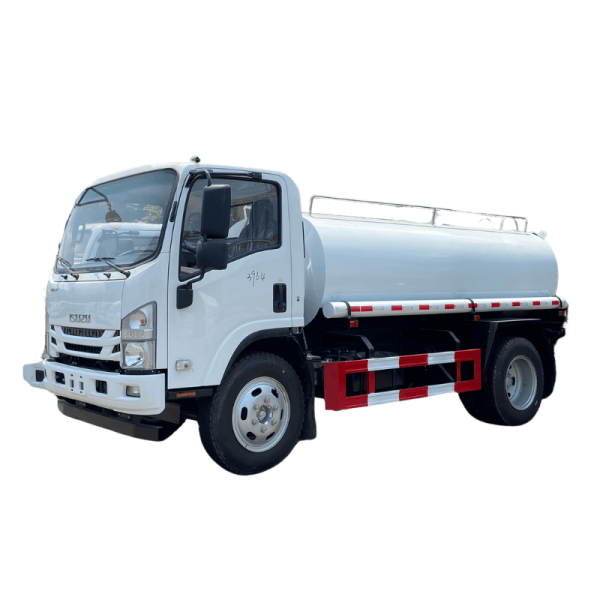Introduction
Water tank trucks play a crucial role in various industries, including construction, agriculture, mining, and municipal services. These specialized vehicles are designed to transport large quantities of water to remote or hard-to-reach areas where access to clean water is limited. One key factor that determines the effectiveness of a water tank truck is its capacity, which refers to the volume of water that the truck can carry in a single trip. In this article, we will delve into the importance of water tank truck capacities, explore the different factors that influence capacity, and discuss strategies for maximizing efficiency.
Importance of Water Tank Truck Capacities
The capacity of a water tank truck is a critical consideration for businesses and organizations that rely on these vehicles for their operations. A larger tank capacity allows for more water to be transported in a single trip, reducing the need for frequent refills and increasing overall productivity. This is particularly important in remote or off-grid locations where access to water sources may be limited.
In addition to productivity, the capacity of a water tank truck also impacts operational costs. work truck can help reduce transportation costs per unit of water delivered, as fewer trips are required to meet the same demand. This can result in cost savings for businesses and organizations that rely on water tank trucks for their operations.
Factors Influencing Water Tank Truck Capacities
Several factors influence the capacity of a water tank truck, including the size and design of the tank, the type of truck chassis, and the intended use of the vehicle.
Tank Size and Design: The size and design of the tank play a significant role in determining the capacity of a water tank truck. Tanks come in various shapes and sizes, with cylindrical and rectangular tanks being the most common. The material used to construct the tank, such as steel or aluminum, can also impact the overall capacity. Additionally, the presence of baffles inside the tank can help reduce sloshing and improve stability, allowing for more efficient transportation of water.
Truck Chassis: The chassis of the truck, including the wheelbase and overall weight capacity, also influences the maximum capacity of the water tank. Trucks with larger wheelbases and higher weight capacities can accommodate larger tanks, allowing for increased water-carrying capacity. It is important to match the tank size with the capabilities of the truck chassis to ensure safe and efficient operation.
Intended Use: The intended use of the water tank truck is another important factor to consider when determining the optimal capacity. For example, trucks used for dust suppression on construction sites may require smaller capacities compared to trucks used for firefighting or agricultural irrigation. Understanding the specific requirements of the intended use is essential in selecting the right water tank truck capacity.
Maximizing Efficiency
To maximize efficiency and get the most out of a water tank truck, businesses and organizations can implement several strategies:
1. Proper Maintenance: Regular maintenance of the water tank truck, including inspections, cleaning, and repairs, is essential for ensuring optimal performance and prolonging the lifespan of the vehicle. This includes checking for leaks, inspecting hoses and fittings, and monitoring the condition of the tank.
2. Efficient Route Planning: Planning efficient routes and optimizing delivery schedules can help reduce travel time and fuel consumption, ultimately increasing productivity and reducing operational costs. Utilizing GPS technology and route optimization software can help identify the most efficient routes for water delivery.
3. Training and Education: Providing training to drivers and operators on proper vehicle operation, safety procedures, and best practices for water delivery can help improve efficiency and reduce the risk of accidents or incidents. Well-trained personnel are better equipped to handle the challenges of operating a water tank truck effectively.

4. Monitoring and Reporting: Implementing systems for monitoring water usage, tracking deliveries, and generating reports can help businesses and organizations better understand their water consumption patterns and identify opportunities for improvement. This data-driven approach can lead to more informed decision-making and increased efficiency.
Conclusion
Water tank truck capacities are a key factor in determining the effectiveness and efficiency of water transportation operations in various industries. By understanding the factors that influence capacity and implementing strategies to maximize efficiency, businesses and organizations can optimize the performance of their water tank trucks and achieve cost savings. Investing in the right equipment, proper maintenance, and training for personnel can help ensure that water tank trucks operate at peak performance, delivering water where it is needed most.
